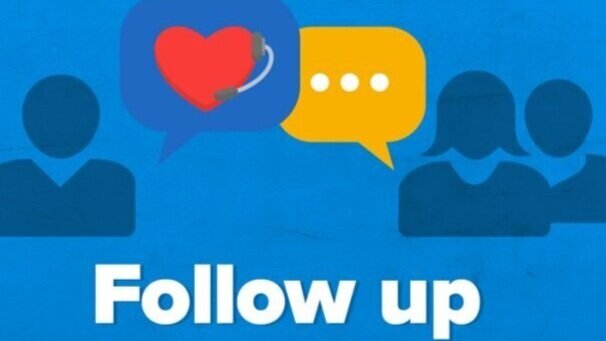New Hire Success Story? Maybe…
30 % of people quit their job within the first 90 days.
A recent survey shows upwards of 30 percent of people quit their job within the first 90 days of employment. Job turnover not only reflects poorly on a company it also is extremely costly. Onboarding – the process of integrating a new employee into a company – is your opportunity to deliver on all the promises made during the hiring process. It’s your window to make the new hire feel welcome, motivated and to guarantee the candidate experience has put them on a path to happiness and success.
All during the hiring process you were selling your organization – telling candidates they’ll find your organization a great place to work – it’s a family. That had better be what the candidate finds when they step inside the door. Because if you sold them the wrong story, there’s no expectation they’re going to be successful.
Steps to a Successful Beginning

Before the new hire starts, there should be a welcome email. It should explain where they need to be on their first day, the appropriate attire, what they need to bring with them and what they can expect. Make sure all the “first day” paperwork has been taken care of in advance of the actual start date. Have a department lunch the first day so they can casually meet and see the faces of the people they’ll be working with.
So the new hire doesn’t feel isolated, the hiring manager needs to be very intentional on getting the person involved in project teams right away. They should be exposed to the broader landscape of the organization so they can see how their role fits into the company’s overall success. Make sure the new hire knows how they’ll be judged at their annual performance appraisal so it’s clearly understood exactly what is expected of them. In addition, ensure professional development programs are in place to help the employee grow and continue to be challenged.
Consider a Peer Mentor
Setting up a peer mentor program is a great idea. Choose a person similar to the new hire who has done the job or is currently in that role. This is someone who isn’t their supervisor but who can show them around and answer any questions. The mentor should be involved for at least six months in the new hire’s employment. People want to work in places where they are able to create bonds and make friends. The peer mentor program helps you create that bond.
Set up Regular Check-ins
There should be regular check-ins from the hiring manager or the recruiter. Touch base with scripted questions at the end of week one – the end of week two and at 30, 60 and 90 days. Ask how things are going. New hires will be much more open with their recruiter or hiring manager then they will be with their supervisor.
Lower Expectations
Employers should be aware in the first 30 days in particular, they shouldn’t expect the new hire to make a huge, revolutionary impact. The person is just getting acclimated and taking on a lot of new projects and likely dealing with new systems and software. So the onboarding plan should be designed to get the new hire up and running without overwhelming them.























